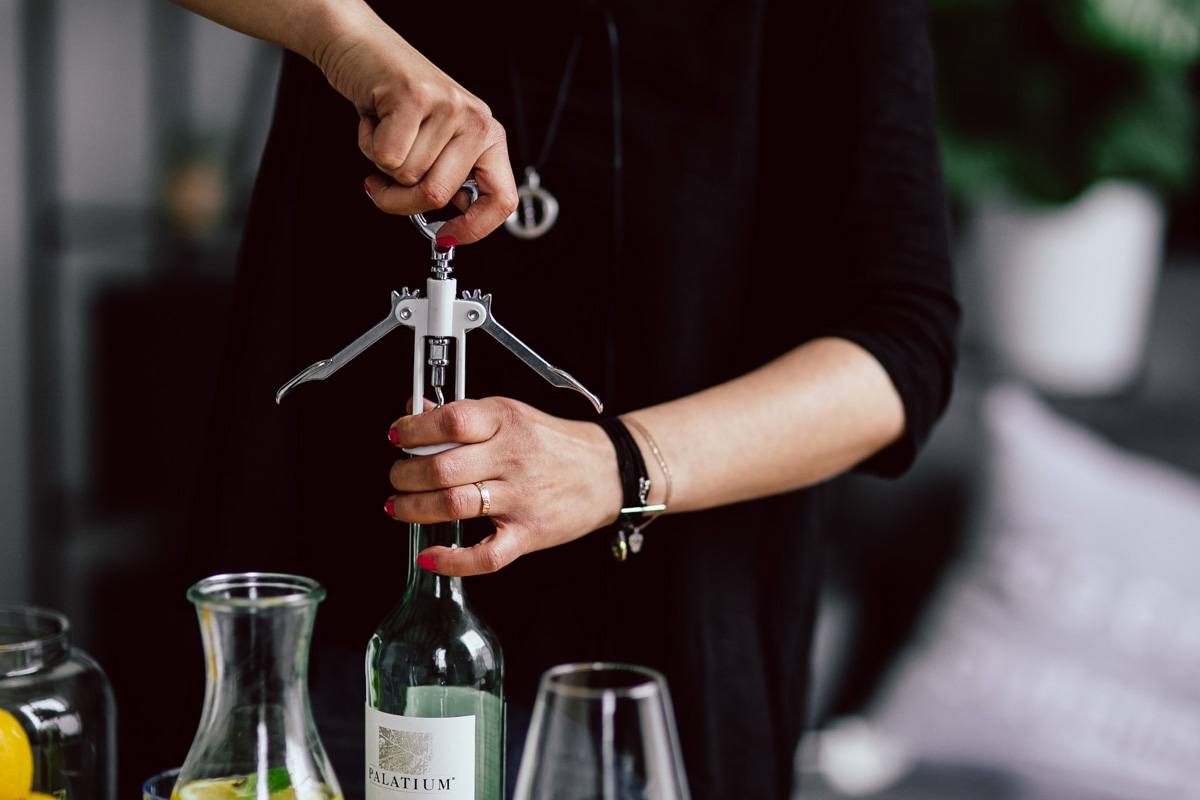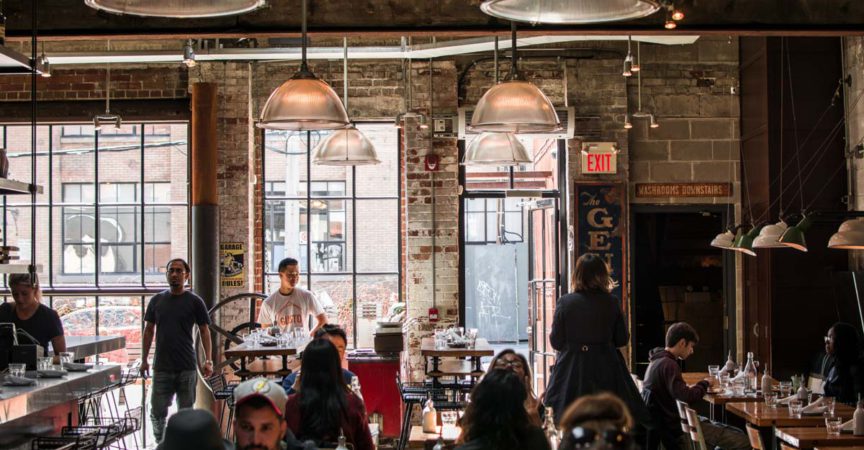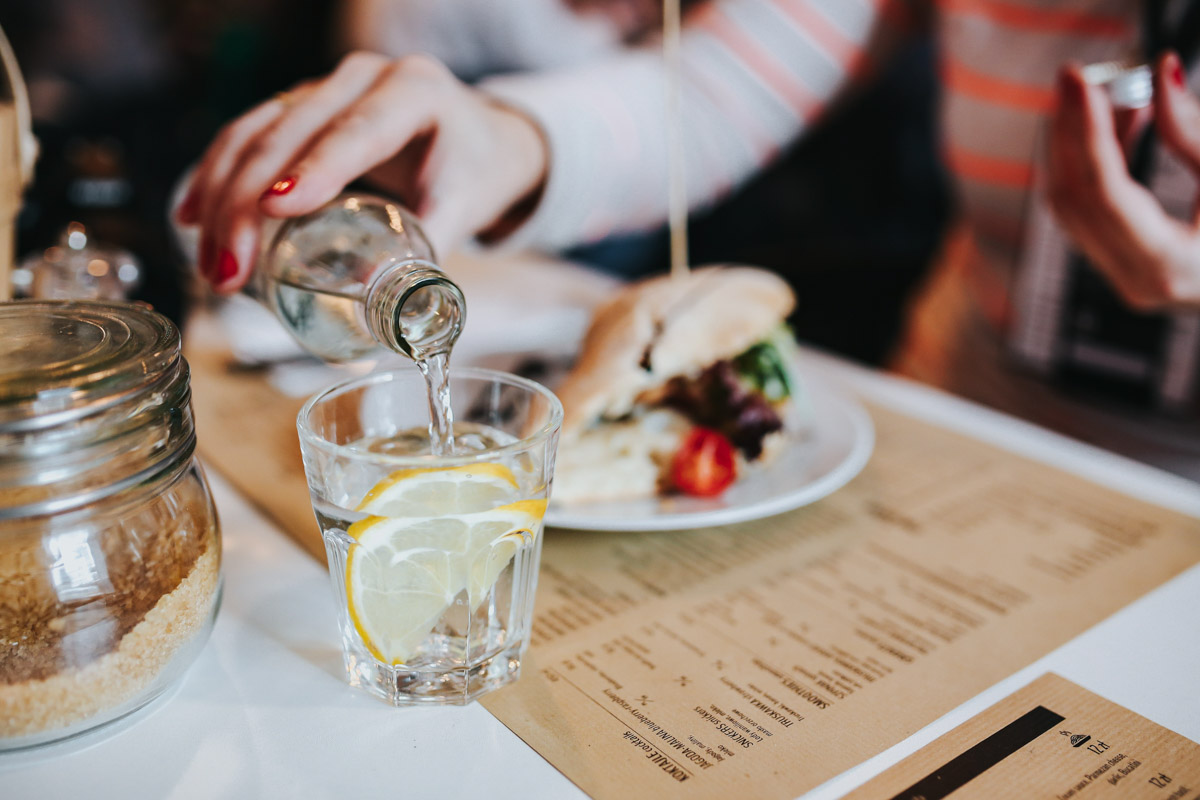Top Ways to Make Money Now
Whether it comes to reining in expenses or bumping up revenues, there’s always something to learn by listening to advice from the insiders. I spoke to three restaurateurs who shine at running their businesses:
Doug Townsend runs successful Dartmouth restaurant The Canteen with his wife, Chef Renée Lavallée. Townsend and Lavallée recently reinvented their popular lunch spot as a full-service 60-seat dinner restaurant.
Christine Peters is chef and co-owner of Saskatoon’s The Hollows, a restaurant that Vogue magazine recommended as a must-visit in its November 2016 issue. She’s also co-owner of Primal Pasta.
Michael Valiant, CEO Boon Burger, is presiding over the Winnipeg restaurant’s expansion into Ontario.
1. FOOD COSTS
Tackling your food costs should be your first step. Valiant says he focuses on the cost of his most expensive ingredients—not necessarily those with the highest price tag, but the ones he spends the most on every month, through a combination of volume and cost. “If you sort your ingredient list based on this criteria,” says Valiant, “start with your most expensive items on top, and work your way down the list trying to find better rates for each item. Your first successes will have a huge impact on your bottom line.” He also looks for synergies on the menu.
Instead of using 75 ingredients, see if you can trim it down to 25 or 30 by building recipes that piggyback off the same base ingredient list. Not only will this simplify your storage system, it will drive up your per-ingredient volume, which gives you more bargaining power.
2. IDENTIFY YOUR SOURCES
Townsend says The Canteen focuses on local food, so they don’t buy everything from one source (which would normally be a way to save money). To make up for it, they buy direct where they can—for example, they purchase lobster meat and snow crab directly from a fishing cooperative. Although this means more work, as he has to meet them halfway rather than having the product delivered, the cost savings more than make up for it.
3. GROW/MAKE YOUR OWN PRODUCTS
“One decision that was definitely worthwhile was hiring a horticulturist to grow all of our own vegetables,” says Peters. “It may sound expensive, but it keeps us protected from market fluctuations and shortages.” She says it also reinforces how important it is to use the whole vegetable, including composting whatever is inedible, so it goes back to the soil for nutrients for the following year’s crop. The restaurant even saves excess animal fat and uses it to make their own hand soap.

4. SCRUTINIZE EVERY EXPENSE
Townsend analyzes the restaurant’s costs line by line—”food, maintenance, supplies, services: every single line of expense budget.” He says it’s surprising how every bit can make a difference. Shaving a little off the cost of high-margin items can have a big impact on the bottom line.
5. BUILD IN WORKFORCE FLEXIBILITY
At both of Peters’ restaurants, FOH employees participate in kitchen jobs when business slows down. This helps them understand the products and processes, and builds their appreciation for the work the kitchen staff does.

6. EXAMINE YOUR MENU FOR LABOUR-INTENSIVE ITEMS
Some menu items just take longer than others to make, either because there are many steps, or there’s a lot of work in plating it. Townsend recommends perusing your menu for the item that requires the most labour and removing it. “Doing that helped us eliminate one shift at lunch every day,” he says.
7. GIVE YOUR CUSTOMERS WHAT THEY WANT
Knowing your customers, and what makes them happy, is key to delivering on a great experience. Valiant says, “We’re in the fast-casual vertical. Our customers love loyalty programs and coupons, so we have robust programs to provide them.”

8. STREAMLINE YOUR OPERATIONS
Townsend and Lavallée owned a sandwich shop for two and a half years before they closed it and opened The Canteen. But they almost became victims of their own success. Trying to satisfy their former takeout customers in the new space was actually overwhelming the new restaurant. “We took over the space next to the restaurant to take care of the takeout business,” Townsend says. “This gave us another revenue stream altogether. It bumped up revenue, but our operating costs were only incrementally higher.”
9. MAKE A PLACE YOUR REGULARS WANT TO COME BACK TO
Valiant recommends you focus on providing value for your customers. “It’s easy to get sidetracked trying to save money across the board. But if your customers feel they receive value for their coin, they’ll be back.” Peters says her secret to encouraging repeat visitors is to create an overall ambience and experience for the guest. “From the moment they step through the door, they can see the entire staff busy working together: processing the garden harvest, blending wild foraged teas, or jarring house-made soap,” she says. “By the time the food arrives, guests are already having a full experience, taking in the small details like the beeswax candles and vintage glassware.”
It’s easy to get sidetracked trying to save money across the board. But if your customers feel they receive value for their coin, they’ll be back.
10. FILLING SEATS
The Canteen has an experienced general manager who is a wizard when it comes to filling seats. “Preventing tables from sitting idle very long can mean a 10-15 per cent boost to revenues,” Townsend says. In addition, most of their tables are the same size, so there are endless combinations of rearranging tables (combining and taking apart to suit party size) to ensure no seats are left empty.











2 Comments